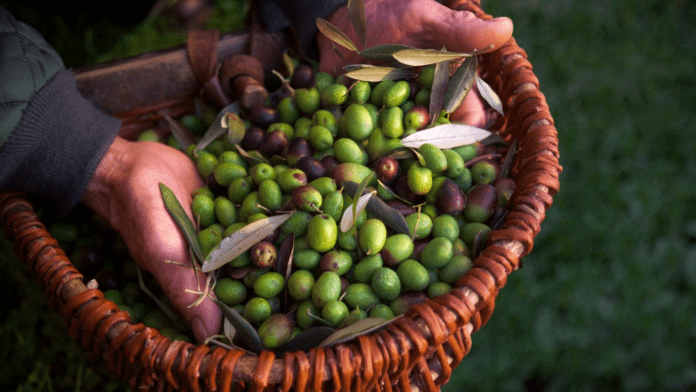The Franchise Model is the most widely visible business model in the food industry. It is often considered to be easy and effortless to expand your food business. It can be a great way to grow your brand and increase revenue.
However, franchising can also be expensive, with costs ranging from legal fees and marketing expenses to training and support for franchisees. As a result, many food business owners may find themselves in need of additional financing options to help support the expansion of their franchise network.
While financing for Franchising, there are many options available. Each of them has its own advantages & disadvantages which will play differently, according to your business plan. Hence, understanding and choosing the right financing option becomes crucial to achieve your goals through franchising.
Let’s explore various financing options that can help you achieve your franchising goals. From traditional bank loans to crowdfunding and private equity, we will help you understand the best option for your business.
- Business loans: Business loans are a popular way to finance your franchise expansion. Banks and other financial institutions offer business loans at varying interest rates and terms. The application process can be time-consuming and requires a solid business plan and financial projections to demonstrate the potential for success. Business loans can be secured or unsecured, and the interest rate and repayment terms will depend on the lender.
- Crowdfunding: Crowdfunding is a relatively new way to finance your franchise expansion. It involves raising small amounts of money from a large number of people. Crowdfunding can be done through various online platforms and social media channels. You can offer rewards or equity in your business in exchange for contributions. Crowdfunding can be a good option if you have a strong social media following and a compelling story to tell.
- Angel investors: Angel investors are high-net-worth individuals who invest in startups and small businesses. They can provide financing, mentorship, and connections to other investors. Angel investors are often more flexible than traditional lenders and may be willing to invest in riskier ventures. However, they will typically expect a significant return on their investment.
- Venture capital: Venture capital is similar to angel investing, but it involves larger amounts of money and a more formalized process. Venture capitalists invest in early-stage companies with high growth potential. They may also provide mentorship and connections to other investors. However, venture capital funding can be difficult to obtain and often requires giving up a significant portion of ownership in your business.
- Franchise financing: Some franchisors offer financing options to their franchisees. This can include loans, equipment leasing, and other financing options. Franchise financing can be a good option if you are looking to expand with a proven business model and have a good relationship with your franchisor.
- Equipment financing: Equipment financing allows you to finance the purchase of equipment for your franchise expansion. This can include everything from kitchen equipment to point-of-sale systems. Equipment financing typically has lower interest rates than other forms of financing because the equipment serves as collateral.
- Invoice financing: Invoice financing allows you to receive cash advances on outstanding invoices. This can help you manage your cash flow and access funds quickly. Invoice financing can be a good option if you have outstanding invoices that are due shortly.
- Personal savings: Personal savings can be a good option if you have significant funds available to invest in your franchise expansion. This can allow you to avoid taking on debt or giving up equity in your business. However, it can be risky to invest all of your savings in your business.
- Friends and family: Friends and family can be a good source of financing for your franchise expansion. They may be willing to invest in your business in exchange for equity or a return on their investment. However, it is important to have a formalized agreement in place to avoid potential conflicts.
- Government grants: Depending on where your business is located, there may be government grants available to help finance your franchise expansion. These grants can vary in size and eligibility requirements, so it is important to research what is available in your area.
Each financing option has its advantages and disadvantages, and it is important to carefully consider which option is right for your franchise expansion.
Expanding your food business through franchising can be a lucrative opportunity, but it requires careful financial planning and consideration of available financing options. With the right approach and funding, franchising can help you grow your brand and increase revenue streams.
Remember to thoroughly research each financing option w.r.t business model to determine which one is best suited for your specific needs and goals. Consult with financial experts and franchise consultants to make informed decisions and avoid common pitfalls.
Do not forget that the success of your franchise expansion ultimately depends on the quality of your business model, operational processes, and brand reputation. Make sure to focus on building a strong foundation before embarking on any expansion initiatives. By taking a strategic and well-informed approach to finance your franchise expansion, you can position your food business for long-term success and growth.










